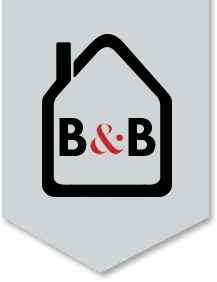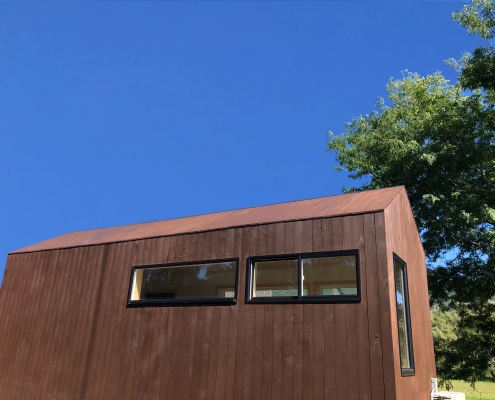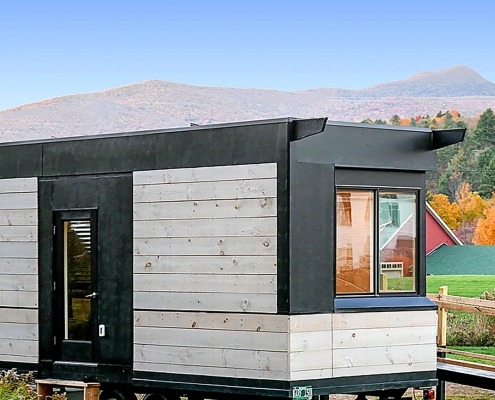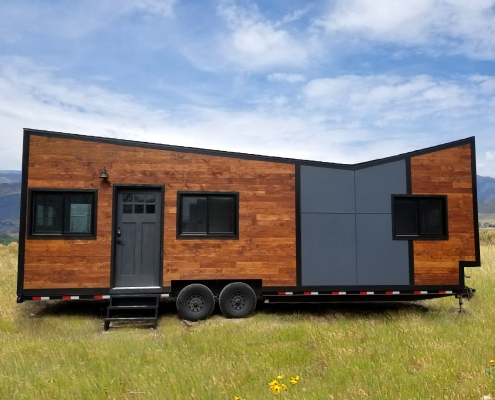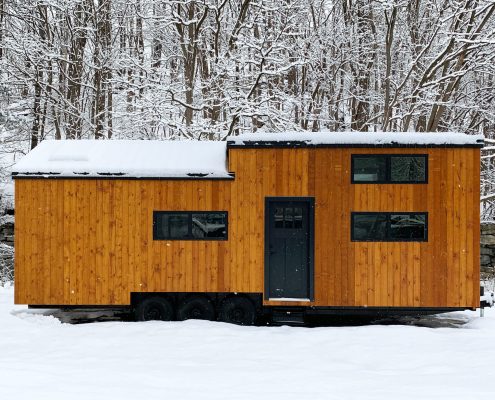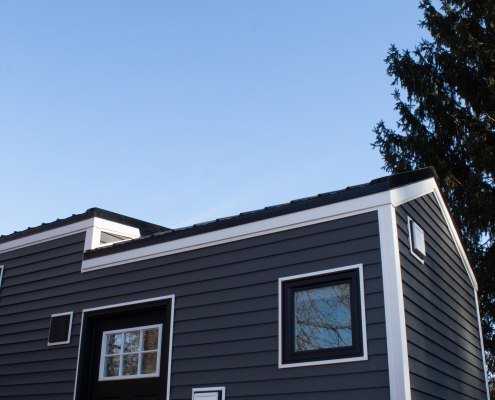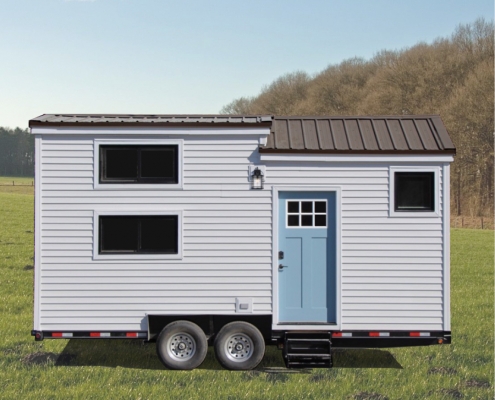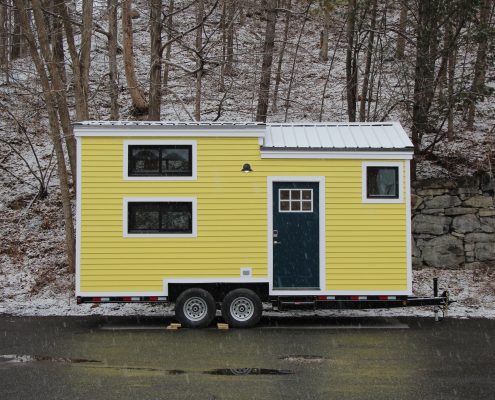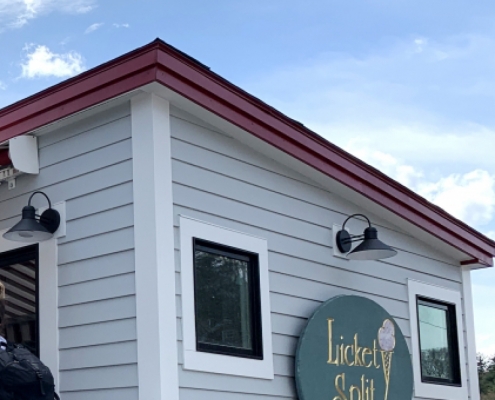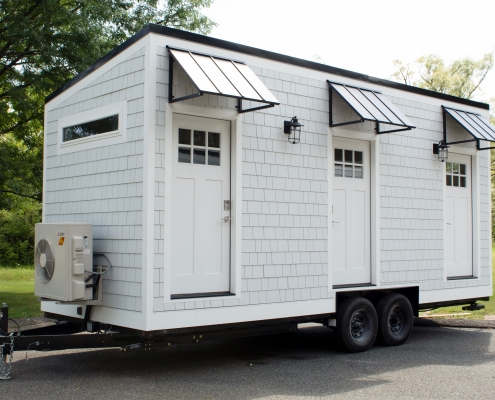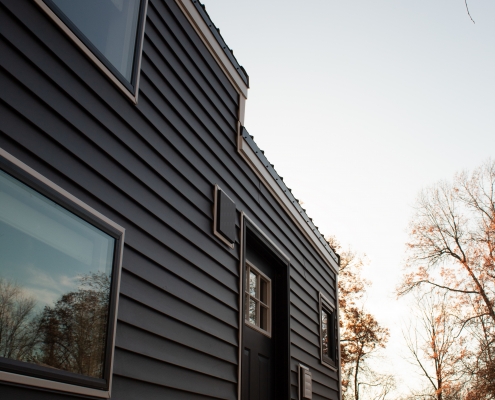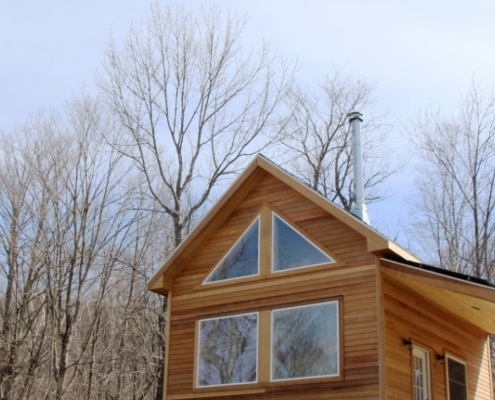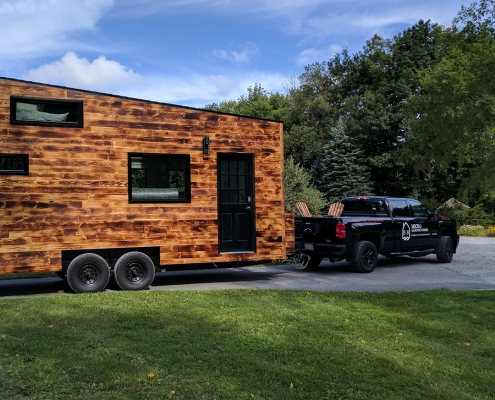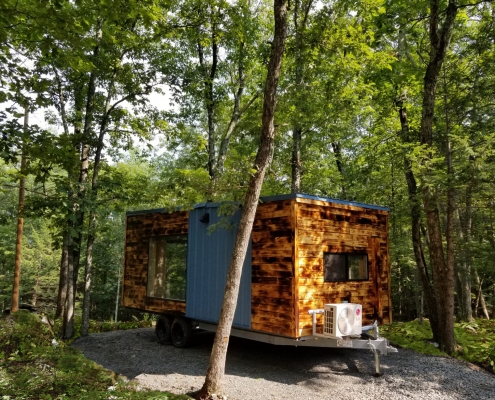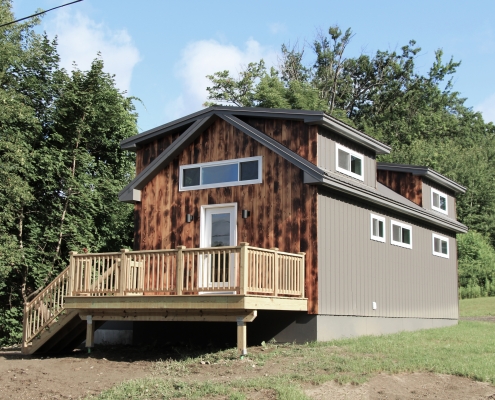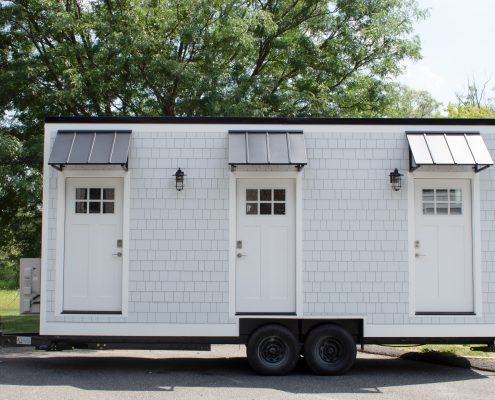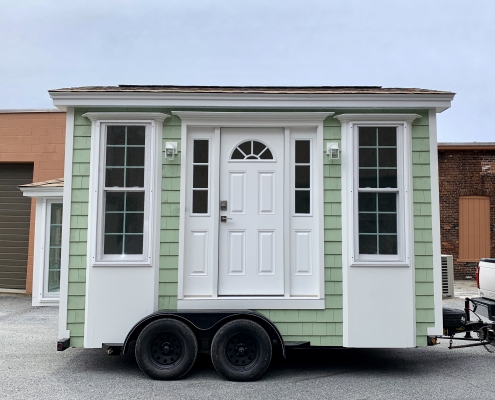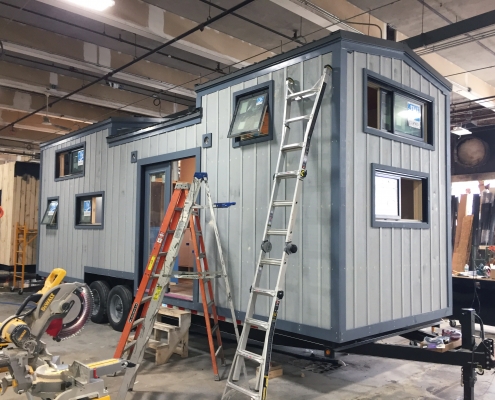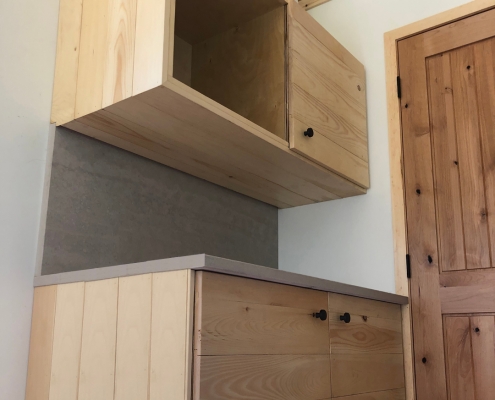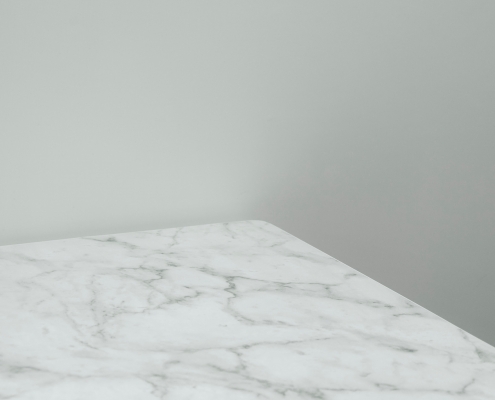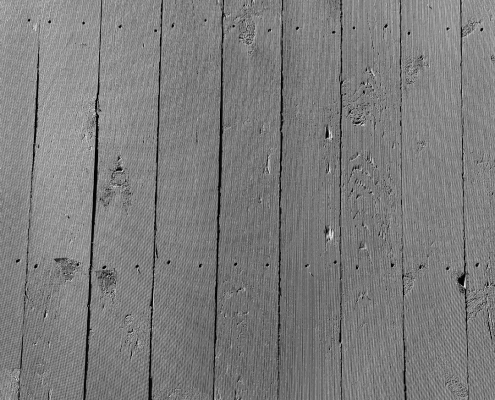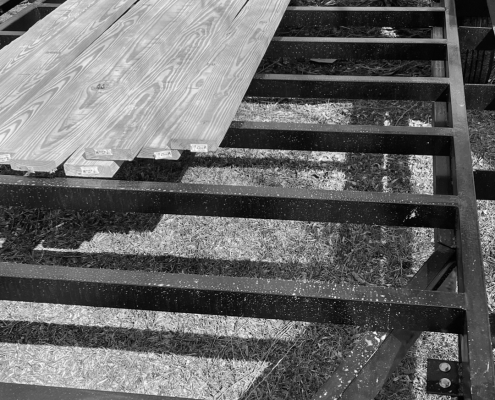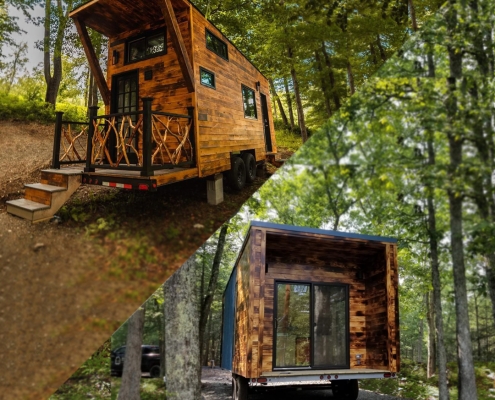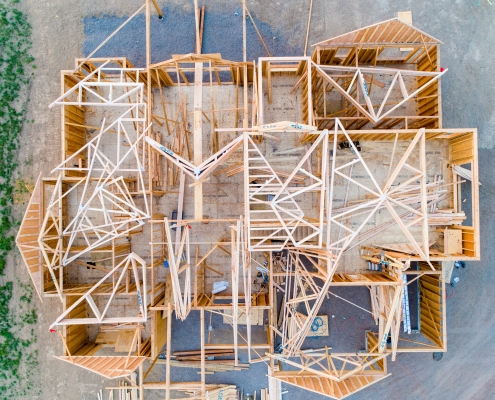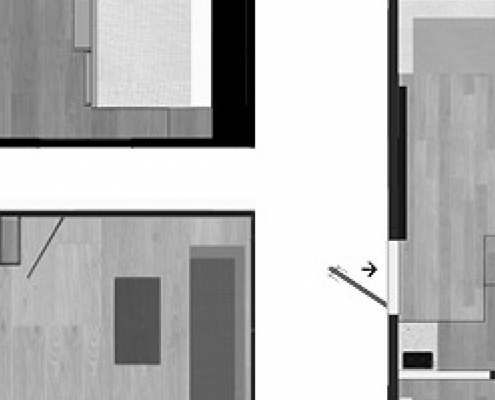TINY HOUSE SIDING
Tiny House Siding is an incredibly influential element to the overall form and function of any tiny (& not so tiny) structure. On the surface, it is easy to see how an important decision such as siding can greatly impact the overall aesthetics of any design. However, siding also holds a significant effect on the function of your tiny house as well. Keep reading to see just how important tiny house siding can be, and what options you have to choose from!
FORM
Siding has an immense amount of power in determining how your structure will aesthetically present itself to those viewing it. Whether you want it to be modern, traditional, rustic, or to follow specific branding guidelines, your choice in siding is important in carrying out these messages. At B&B Micro Manufacturing we will help walk you through all of these important design decisions, to ensure you get a product that fits your personal/company brand!
FUNCTION
Siding also plays an integral part in the overall function of your tiny structure from factors such as weight (GVWR) to aerodynamics while on the road. The GVWR (gross vehicle weight rating) is an important number to pay attention to when designing your tiny structure, as you can not ever exceed this number. The weight of your siding is an important factor in the design process to ensure your tiny house meets your mobile and functional needs.
MATERIALS
WOOD
The utilization of wood as siding has been implemented in the building process for thousands of years. Taking form in a variety of ways throughout history for a number of reasons. These same techniques are available today and can offer a unique style to your tiny structure.
VINYL
Vinyl siding made its appearance during the 1960’s and quickly became a more affordable and durable option that was easier to maintain. Vinyl is essentially a plastic interpretation of wood siding that preserves all of the positives to traditional wood with none of the downsides (like chipped paint, rot, water damage, and insect control). Vinyl is still one of the most popular siding options for any structure due to its affordability and durability.
HARDIE BOARD
“Hardie Board is fiber cement siding manufactured by James Hardie Building Products, one of the first successful manufacturers of this material.” (Craven, 2019). Fiber Cement is an incredibly versatile material that can resemble everything from stucco to traditional wood products such as clapboard and shingles. Fiber cement is made by mixing cement, cellulose fiber, and other additives together to create a more durable (& heavier) alternative to wood.
ALUMINUM / METAL COMPOSITE PANELS
Aluminum siding dates all the way back to the early 18th century, however, in recent years aluminum cladding can also take form as metal composite panels. These are factory-made consisting of an aluminum/steel facing with a polyurethane core.
CORRUGATED STEEL, RECLAIMED MATERIALS, ETC.
STYLE
CLAPBOARD
SHOU SUGI BAN
SHINGLES
BOARD & BATTEN
Sources:
Craven, Jackie. All ABout Hardie Board and Fiber Cement Siding. ThoughtCo. https://www.thoughtco.com/what-are-hardieplank-hardiepanel-178360
Giuroiu, Anton. 19 Different Types of House Siding to Consider. Home Esthetics. September 30, 2020. https://homesthetics.net/types-of-house-siding/
The Best Exterior Siding for your Tiny House: Lightweight and Durable. Tiny House Bloom. https://tinyhousebloom.com/best-exterior-siding/
Sidler, Scott. The Ultimate Guide to Wood Siding. The Craftsman Blog. June 1, 2020. https://thecraftsmanblog.com/the-ultimate-guide-to-wood-siding/
Short History of Siding. All About Siding. https://www.all-about-siding.com/history-of-vinyl-siding.html
Images:
Corrugated Steel: http://tinyhousepins.com/modern-tiny-home-with-corrugated-metal-siding/
Reclaimed: www.familyhandyman.com/list/25-tiny-house-built-from-recycled-material
